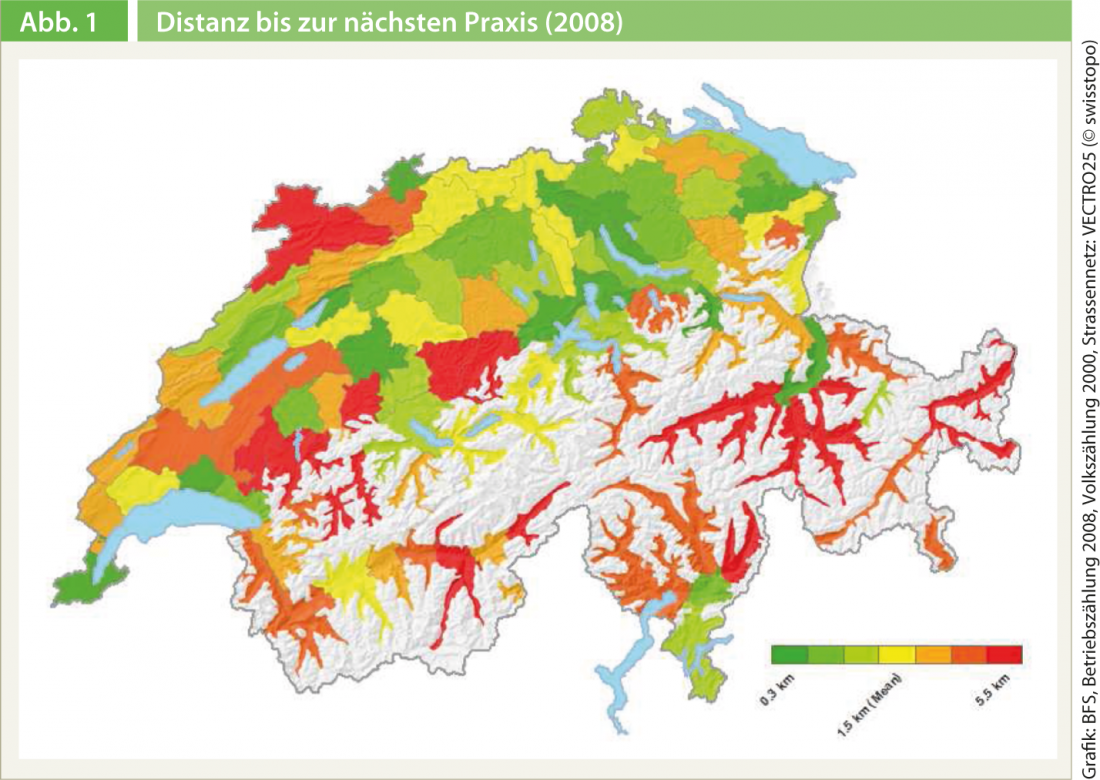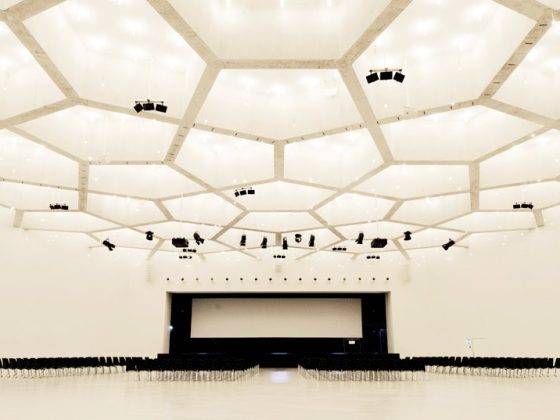Paul Camenzind, Deputy Director of the Swiss Health Observatory (Obsan), Neuchâtel, gave a presentation on “Shortage and Abundance in Swiss Health Care” at the “Trend Days Health” in Lucerne. In it, he drew a differentiated picture of current developments in the national and international medical system and made forecasts for the future. Primarily demographic, but also geographic processes demand new solutions.
According to Paul Camenzind, deputy head of the Swiss Health Observatory (Obsan), if one compares Switzerland’s spending on the healthcare system with that of other countries, and also takes average life expectancy into account, interesting ratios emerge. Internationally, Switzerland ranks among the top countries in terms of both expenditure and the life expectancy of its inhabitants. Demographic scenarios assume a significant increase in the number of people over the age of 65 in Germany in the future. That is why pessimistic forecasts for 2030 show an increase in the need for services of over 80%, especially for the number of old-age and nursing home residents. Total staffing requirements could grow up to 40% over the same period.
Structures of the Swiss healthcare landscape
Access difficulties for patients are more likely to be encountered by service providers in psychiatry, rehabilitation, long-term care, whereas fewer problems are encountered in hospitals and practices, i.e. in somatic acute care.
The findings are similar for some patient groups: access to somatic and psychiatric care is more difficult for the chronically ill, and the same applies to older and vulnerable persons. Acutely ill, younger and socially integrated people are less likely to encounter obstacles in this regard.
Furthermore, geographic location affects the supply inventory. In rural, remote, less densely populated areas, the distance one has to travel to the nearest doctor’s office is sometimes up to 5 km further than in urban cantons such as Zurich. Mountain regions in particular, e.g. in Graubünden, struggle with such access difficulties (Fig. 1).

Lack and abundance at the same time
Surveys on the cesarean section rate also provide interesting findings. Switzerland has a high rate of 32.4%, exceeding the WHO recommended rate by about 25%. With regard to the number of large devices in hospitals, specifically MRI, there is a certain excess, especially in Basel-Stadt and Schaffhausen. Conversely, Thurgau and Nidwalden tend to suffer from a shortage in this respect.
Source: “Shortage and Abundance in Swiss Healthcare: Facts and Figures” 9th Trend Days Health Lucerne, February 27-28, 2013.












